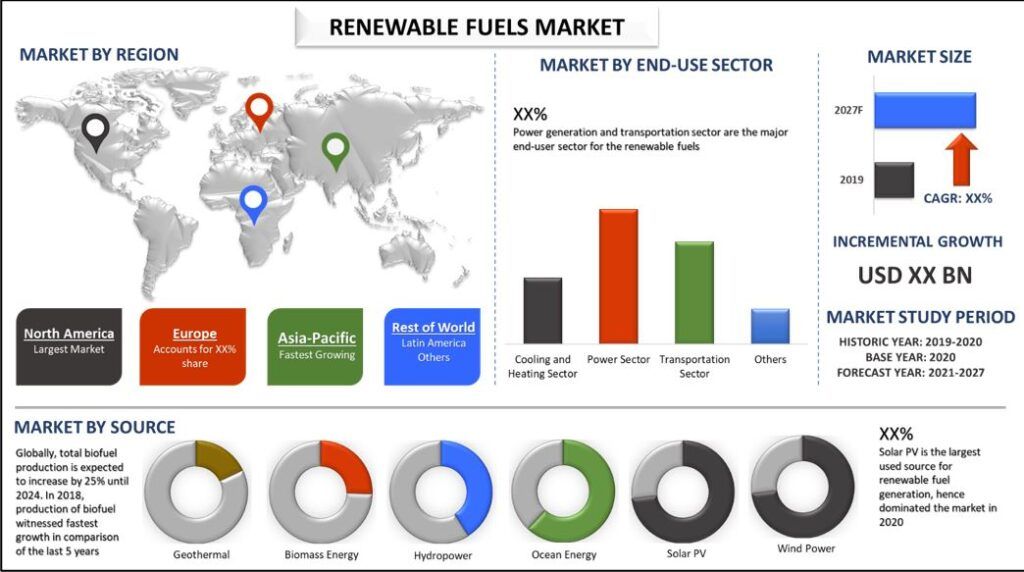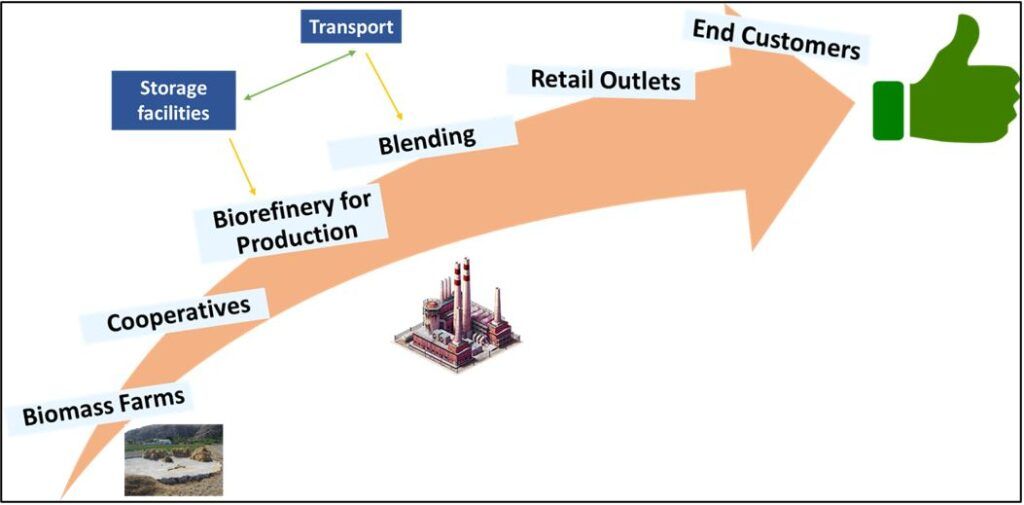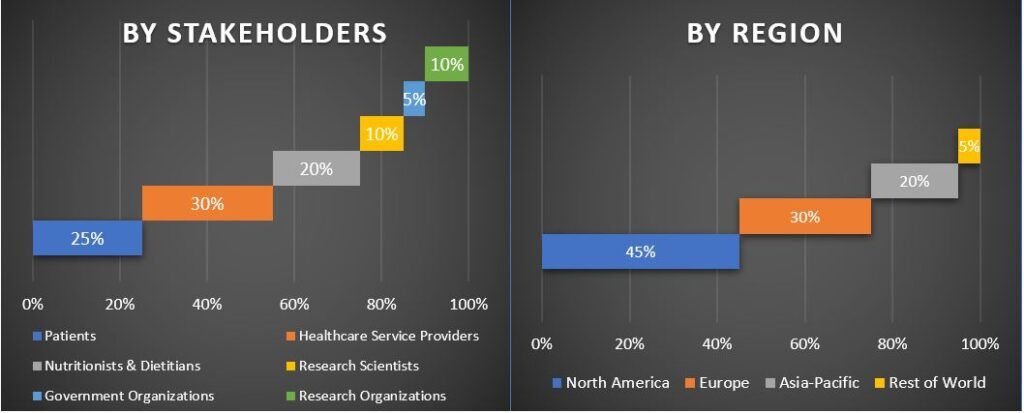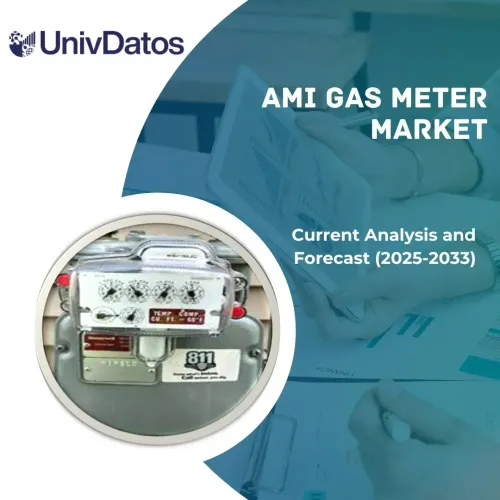- Home
- About Us
- Industry
- Services
- Reading
- Contact Us
Renewable Fuels Market: Current Analysis and Forecast (2021-2027)
Emphasis on Source (Geothermal resources, Biomass Energy, Hydropower, Ocean Energy, Solar PV, Wind Power, Others); End-Use Sector (Cooling and Heating Sector, Power Sector, Transportation Sector, Others); Region and Country

In 2018, production of biofuel witnessed fastest growth in comparison of the last 5 years period between 2013-2018. The growth can be credited to the surge in Brazil’s ethanol output. Overall, Asia accounts for half of the growth, as its ambitious biofuel mandates aimed at reinforcing energy security boost demand for agricultural commodities and improve air quality. In addition to biofuels, renewable electricity is expected to provide more than 10% of renewable energy to the transport sector by 2024, majorly driven by China. China is expected to witness highest biofuel production growth globally. The rollout of 10% ethanol blending in a growing number of provinces and increasing investments in production capacity drive a tripling of ethanol production in China by 2024. Owing to the developments on vegetable oil markets, nominal biodiesel prices is projected to increase at a slower pace (1.1% p.a.), compared to that of ethanol prices (1.8% p.a.). Nominal price of biodiesel is expected to decrease post 2024 and ethanol prices to resume a decreasing trend post 2026. Fuel consumption trends and policy developments in emerging economies play a significant role in the development of the market. In Brazil, total fuel consumption is expected to increase over the projection period, and ethanol and biodiesel consumption are projected to grow proportionately.
Biofuel Supply Chain

The Covid-19 pandemic have resulted in a drop of 8.5% in global transport fuel consumption in 2020, compared to 2019 value, owing to the restrictions imposed on people’s movements and disruption in trade logistics around the globe. Similarly, consumption of biofuel also witnessed 8.7% decline in 2020 with respect to 2019. In the 2020 edition of the OECD-FAO Agricultural Outlook, it is estimated that biofuel markets would largely be influenced by national support policies and fossil fuel demand. Global biofuel demand is expected to recover in 2021 and 2022, in line with the expected total fuel demand recovery
Insights Presented in the Report
“Amongst Source, Solar PV segment dominated the market in 2020.”
Based on source the global Renewable Fuels market is bifurcated into Geothermal resources, Biomass Energy, Hydropower, Ocean Energy, Solar PV, Wind Power, Others. Biofuels (bioethanol and biodiesel1) are fuels produced from biomass. At present, about 60% of ethanol is produced from maize, 25% from sugarcane, 2% from molasses, 3% from wheat, and the remainder from other grains, cassava, or sugar beets.
“Amongst End-use Sector, Power and Transportation sector would gain the major market share.”
Based on End-use sector the market is divided into Cooling and Heating Sector, Power Sector, Transportation Sector, Others. Currently, in 2020, power sector dominated the demand for renewable fuel, followed by transport sector, which accounted for more than 20% share in terms of demand. Bioenergy involves the use of a wide range of biological materials for energy purposes. These can be converted into thermal energy, electricity, and fuels for transport (biofuels) using different processes.
“North America represents as the largest markets in the Global Renewable Fuels Market.”
For a better understanding of the market adoption, report provide detailed analysis for major region and countries including North America (US, Canada, Rest of North America), Europe (Germany, UK, France, Netherlands, Spain, Rest of Europe), Asia-Pacific (China, India, Thailand, Indonesia, Rest of APAC), Latin America (Brazil, Argentina, Rest of Latin America) and Rest of World. United States was the leading producer of biofuel globally in 2020, with production amounting to 1,347 petajoules. Brazil and Indonesia were the other major biofuel producers with production of 884 and 283 petajoules, respectively in 2020. Germany’s biofuel production in 2020, reached around 146 petajoules, making it 4th top producer of biofuel globally, and leading producer in the European region. Some of the major companies profiled in the report includes Archer Daniels Midland, Eni S.p.A., BlueFire Ethanol Fuels, Inc., Cosan S.A., Coskata, Inc., Sapphire Energy, Neste Oyj, Renewable Energy Group, Shell, British Petroleum.
Reasons to buy this report:
- The study includes market sizing and forecasting analysis validated by authenticated key industry experts
- The report presents a quick review of overall industry performance at one glance
- The report covers in-depth analysis of prominent industry peers with a primary focus on key business financials, product portfolio, expansion strategies, and recent developments
- Detailed examination of drivers, restraints, key trends, and opportunities prevailing in the industry
- The study comprehensively covers the market across different segments
- Deep dive country level analysis of the industry
Customization Options:
The Global Renewable Fuels Market can further be customized as per the requirement or any other market segment. Besides this, UMI understands that you may have your own business needs, hence feel free to connect with us to get a report that completely suits your requirements.
Table of Content
Analyzing the historical market, estimation of the current market, and forecasting the future market of the Renewable Fuels were the three major steps undertaken to create and analyze the adoption across the globe. Exhaustive secondary research was conducted to collect the historical market numbers and estimate the current market size. Secondly, to validate these insights, numerous findings and assumptions were taken into consideration. Moreover, exhaustive primary interviews were also conducted, with industry experts across the value chain of the global Renewable Fuels industry. Post assumption and validation of market numbers through primary interviews, we employed a bottom-up approach to forecast the complete market size. Thereafter, market breakdown and data triangulation methods were adopted to estimate and analyze the market size of segments and sub-segments the industry pertains to. Detailed methodology is explained below:
Analysis of Historical Market Size
Step 1: In-Depth Study of Secondary Sources:
Detail secondary study was conducted to obtain the historical market size of the Renewable Fuels through company internal sources such as annual report & financial statements, performance presentations, press releases, etc., and external sources including journals, news & articles, government publications, competitor publications, sector reports, third-party database, and other credible publications.
Step 2: Market Segmentation:
After obtaining the historical market size of the Renewable Fuels market, we conducted a detailed secondary analysis to gather current market insights and share for different segments & sub-segments for major regions. Major segments included in the report are source and end-use sector. Further regional and country-level analyses were conducted to evaluate the overall adoption of the Renewable Fuels globally.
Step 3: Factor Analysis:
After acquiring the historical market size of different segments and sub-segments, we conducted a detailed factor analysis to estimate the current market size of Renewable Fuels. Further, we conducted factor analysis using dependent and independent variables such as growing demand for alternate fuel sources in the automotive and power sector, government focus on optimizing energy sector to reduce overall emission etc. A thorough analysis was conducted for demand and supply-side scenario considering top partnerships, merger and acquisition, business expansion, and product launches in the Renewable Fuels industry.
Current Market Size Estimate & Forecast
Current Market Sizing: Based on actionable insights from the above 3 steps, we arrived at the current market size, key players in the Global Renewable Fuels market, and market shares of the segments. All the required percentage shares split, and market breakdowns were determined using the above-mentioned secondary approach and were verified through primary interviews.
Estimation & Forecasting: For market estimation and forecast, weights were assigned to different factors including drivers & trends, restraints, and opportunities available for the stakeholders. After analyzing these factors, relevant forecasting techniques i.e., bottom-up approach was applied to arrive at the market forecast to 2027 for different segments and subsegments across the major regions globally. The research methodology adopted to estimate the market size encompasses:
- The industry’s market size, in terms of value (US$) and the adoption rate of Renewable Fuels across the major markets
- All percentage shares, splits, and breakdowns of market segments and sub-segments
- Key players in the Renewable Fuels market in terms of services offered. Also, the growth strategies adopted by these players to compete in the fast-growing market.
Market Size and Share Validation
Primary Research: In-depth interviews were conducted with the Key Opinion Leaders (KOLs) including Top Level Executives (CXO/VPs, Sales Head, Marketing Head, Operational Head, and Regional Head, Country Head, etc.) across major regions. Primary research findings were then summarized, and statistical analysis was performed to prove the stated hypothesis. Inputs from primary research were consolidated with secondary findings, hence turning information into actionable insights.
Split of Primary Participants in Different Regions

Market Engineering
Data triangulation technique was employed to complete the overall market estimation and to arrive at precise statistical numbers of each segment and sub-segment of the Global Renewable Fuels market. Data was split into several segments & sub-segments post studying various parameters and trends in the areas of source and end-use sector.
The main objective of the Renewable Fuels Market Study
The current & future market trends of Global Renewable Fuels were pinpointed in the study. Investors can gain strategic insights to base their discretion for investments from the qualitative and quantitative analysis performed in the study. Current and future market trends would determine the overall attractiveness of the market at a country level, providing a platform for the industrial participant to exploit the untapped market to benefit as a first-mover advantage. Other quantitative goals of the studies include:
- Analyze the current and forecast market size of Renewable Fuels in terms of value (US$). Also, analyze the current and forecast market size of different segments and sub-segments
- Segments in the study include areas of source, end-use sector
- Defined analysis of the regulatory framework for the Renewable Fuels industry
- Analyze the value chain involved with the presence of various intermediaries, along with analyzing customer and competitor behaviors of the industry
- Analyze the current and forecast market size of the Renewable Fuels for the major countries
- Major regions/countries analyzed in the report includes North America (US, Canada, Rest of North America), Europe (Germany, UK, France, Netherlands, Spain, Rest of Europe), Asia-Pacific (China, India, Thailand, Indonesia, Rest of Asia-Pacific), Latin America (Brazil, Argentina, Rest of Latin America) and Rest of World
- Company profiles of the Renewable Fuels market players and the growth strategies adopted by them to sustain in the fast-growing market
- Deep dive country level analysis of the industry
Related Reports
Customers who bought this item also bought










